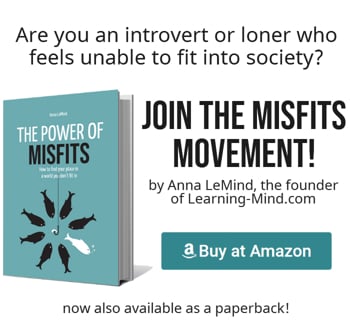We are what we repeatedly do. Excellence, then, is not an act, but a habit.
~Aristotle
As human beings, we are creatures of habit — As Aristotle exclaimed, we are, what we repeatedly do. But what happens when what we do over and over again, turns into a perpetual nightmare and we get stuck in a never-ending habit loop?
What meant to start off like a light glass of milk before bed turns into a desert gorging session right before going to sleep every night. Or that seemingly harmless hour of video game playing after work, evolves into an all-night obsession.
Whatever nasty behaviors and toxic habits grow in your field — they can be healed.
We all understand that we as humans have vices and temptations — it is only when these temptations take life and begin to warp our reality that it comes to our attention.
When we begin to feel like our days are hazy and living is now secondary to whatever we’re doing. But there is hope, acclaimed neurophysiologist John Lilly, M.D., worked extensively to solve the conundrum of toxic behaviors and altering our mindsets.
During his work at the Maryland Psychiatric Research Center, Dr. John Lilly began his world-famous research called “Programming and Metaprogramming the Human BioComputer” where he sought to answer the perplexing question,
“How can the mind utilize its faculties to study itself and reprogram our learned behaviors and mindsets?”
Dr. John Lilly’s research exemplified how our reality is a compilation of our thoughts, beliefs, and emotions. And all up until you were an adult — you were programmed, conditioned, and taught to avoid certain behaviors and thought sequences.
This brings up quite the problem because that means there are several mindsets you completely missed if you weren’t taught properly since childhood; like maintaining a peaceful mind under stressful circumstances.
What’s truly revolutionary about Dr. John Lily’s research, however, is that he paved the path for re-programming your already learned nasty behaviors and patterns of thought. Essentially, what Dr. John Lilly was saying is that we are all capable of “self-programming” our biocomputer — thus, we can edit and improve our old and new “mind programs”.
How to Rewire Your Brain
Dr. John Lilly goes on to explain the proven methods of rewiring your brain — he constructed a series of profound questions that challenge your previously held beliefs and offer a path to insight.
The purpose of this practice is to hold a private and completely honest conversation with yourself. To create a sense of “self-talk”. This method is also backed by the internationally renowned method of Cognitive Behavioral Therapy (CBT), where you go through thought by the thought process, analyzing each one of your responses to your inner dialogue questions.
So what you can do is try answering the following questions and writing them down on a loose sheet of paper. Take your time and be completely honest with yourself.
At the end of the day, this “Bioprogramming” is meant to help you and push you to create a better more joy-infused life. Set aside some time and let your inner thoughts and feelings surface.
1. Make two lists: One of the positive effects and one of the negative effects of your behavior
Sit down, and make two lists. One that states all the positive effects that occur when you perform the harmful behavior and one that lists all of the negative effects. Be honest with yourself, look at the two lists, and reflect on all the negative effects, I’m guessing there will be a lot more listed under the negative list.
2. Think about the environment and the area when the behavior occurs
The next step in eradicating a nasty behavior is to analyze the environment in which it occurs. Meaning, think about where you are when the action occurs, maybe a friend’s house or your boyfriend’s place. The key here is to establish the types of environments and places where you feel comfortable enough to perform the behavior.
3. Watch your thoughts and pinpoint the behavioral cue
Once you’ve realized what types of environments trigger your need or craving for the behavior — then you can start removing specific aspects in order to create a new habit loop. But in order to do this, you must first identify the exact thought that leads you to want to perform the act.
Think about it like a trigger — what is the trigger thought that makes you crave or want to perform the behavior? For example, when I finish with my work, the first thought that runs through my head is, “I need to relax”, which leads to the video playing.
4. So you’ve identified the problem, now create the solution
Now you are certain about what environment causes the behavior and what triggers the craving. The final thing to do is replace the nasty behavior with an improved action that you genuinely want to accomplish, like reading that book you’ve put aside for months instead of spending all night playing a video game.
Every time that trigger thought occurs, you must immediately follow the thought with the positive action you planned. This is a learning method developed by the legendary scientist Ivan Pavlov, called Classical Conditioning. It is when your brain learns to accept an unconditioned stimulus (unlearned behavior) with your already conditioned stimulus (learned behavior).
This method of altering your nasty behaviors only works if you’re able to reinforce it and repeat it over and over again. The human brain learns best with repetition and motivation — so if you can muster up those two qualities, then anything, is possible. Even a life devoid of harmful thoughts and actions.
Know, that a life filled with a positive flow of thoughts, is but an inch of will power away.




